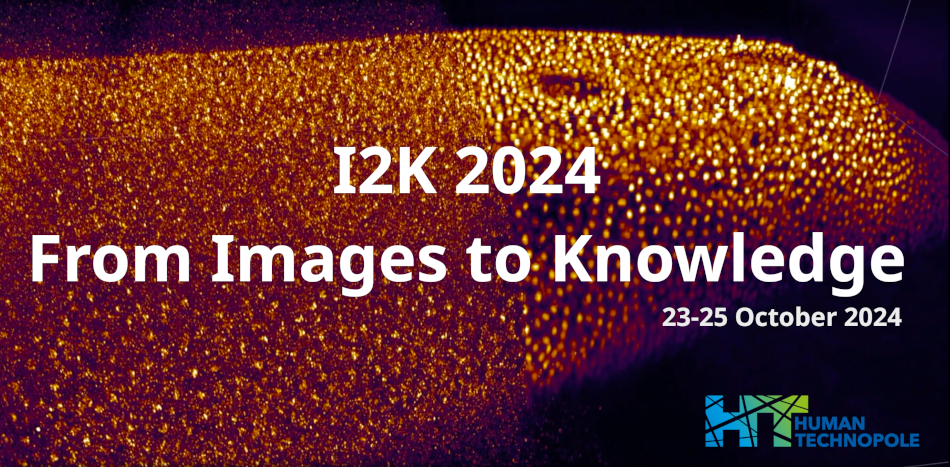Speaker
Description
We propose a new method of molecular counting, or inferring the number of fluorescent emitters when only their combined intensity contributions can be observed. This problem occurs regularly in quantitative microscopy of biological complexes at the nano-scale, below the resolution limit of super-resolution microscopy, where individual objects can no longer be visually separated. Our proposed solution directly models the photo-physics of the system, as well as the blinking kinetics of the fluorescent emitters as a fully differentiable hidden Markov model. Given an ROI of a time series image containing an unknown number of emitters, our model jointly estimates the parameters of the intensity distribution, their blinking rates, as well as a posterior distribution of the total number of fluorescent emitters. We show that our model is consistently more accurate and increases the range of countable emitters by a factor of two compared to current state-of-the-art methods, which count based on autocorrelation and blinking frequency. Furthermore, we demonstrate that our model can be used to investigate the effect of blinking kinetics on counting ability, and therefore can inform experimental conditions that will maximize counting accuracy.
| Authors | Alexander Hillsley*, Jan Funke, Johannes Stein, Paul Tillberg, David Stern |
|---|---|
| Keywords | Quantitative Fluorescence Microscopy, Single-Molecule Localization Microscopy, Molecular Counting, Bayesian Modeling, DNA-PAINT |

